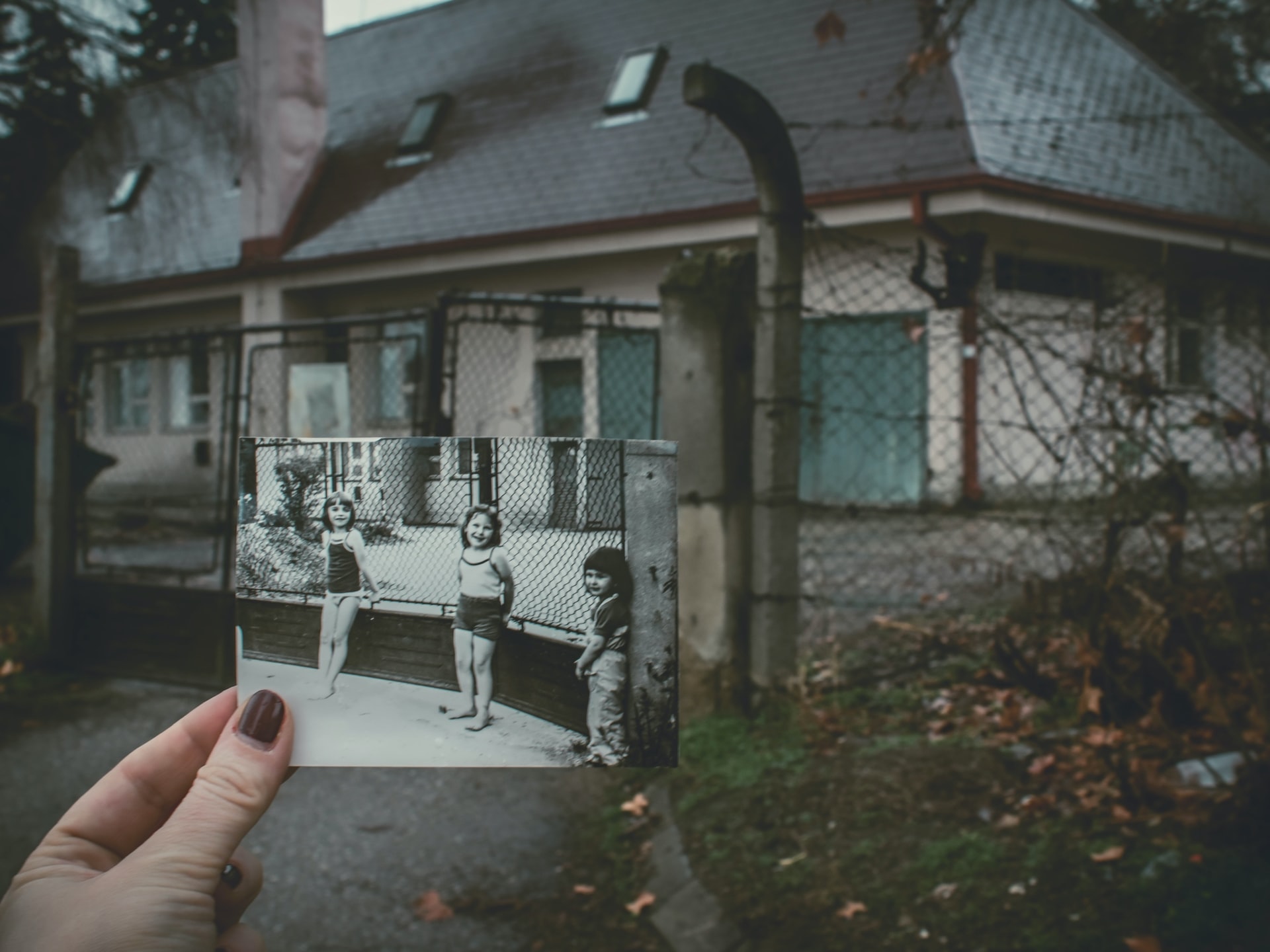Previously, we learned about a second staying exercise that helps us to attend to the parts of ourselves that get activated when we’re triggered. Today, we will further explore how we can work with our inner experience to promote healing through a practice of “Parenting Ourselves.”
The tools we’re learning in this newsletter series help you to Stop, Drop, and Stay – the second step of a four-step process that I cover in detail in Chapter 4 of my latest book, Loving Like You Mean It , to help you act skillfully, and with authenticity, when faced with a triggering emotional experience.
_____________________________________________________________________________
Imaginal Caregiver Exercise
Recall a relationship experience that was triggering and still feels charged to you. You might return to the experience you used in the previous exercise or work with something different. Get a mental image of what happened that was distressing for you. Then, close your eyes and go inside. Locate where you’re feeling activated in your body.
Follow your feelings back in time to the hurt, scared, angry, or distressed child inside of you. Through your adult eyes, look at the child in your memory. If you have a hard time visualizing, don’t worry about it. Just imagine the following in whatever way that works for you. All that matters is that you engage emotionally and that you have a felt experience.
Ask yourself, what does this child need? What would have made this situation better for him or her? Perhaps she just needs someone there to hold her hand. Maybe he needs someone to recognize, validate, and empathize with his pain, sadness, or anger. To tell her that she’s loved, is good enough just the way she is, that everything will be okay. Maybe he or she needs to be taken somewhere where they’d feel safe, to know that they’re protected. Maybe he just needs to be held. Let your heart guide you. Deep inside you know what your child self needed.
When you get a sense of what your child self needs to be unburdened, picture your adult self caring for him or her in just the right way. Picture your adult self really giving the child the care that he or she needed. Help the child feel what it’s like to be seen, heard, to be cared for and loved. Give your child self whatever he or she needs from you. Let yourself feel what it’s like for the child.
Let yourself feel what it’s like to be met in this way. Let yourself feel, as an adult, what it’s like to be there for the child. Let all the feelings flow. Let your experience be deeply felt. Stay with the feelings as long as they need.
If you find it challenging to direct feelings toward your younger self, try imagining how you might respond if the child in your memories was someone other than yourself. Perhaps you have children of your own, or have siblings or friends who have children. Imagine how you’d feel toward him or her if they were suffering in kind. Notice how that makes you feel inside. Let yourself be with those feelings, let them deepen. Then, imagine directing those feelings toward your younger self.
Similarly, if you find it difficult to imagine your adult self being there for the child, imagine someone else. Picture an ideal parent, real or imagined, who has just the right qualities to meet the child’s needs. Picture someone who is able to really be there for your child self.



